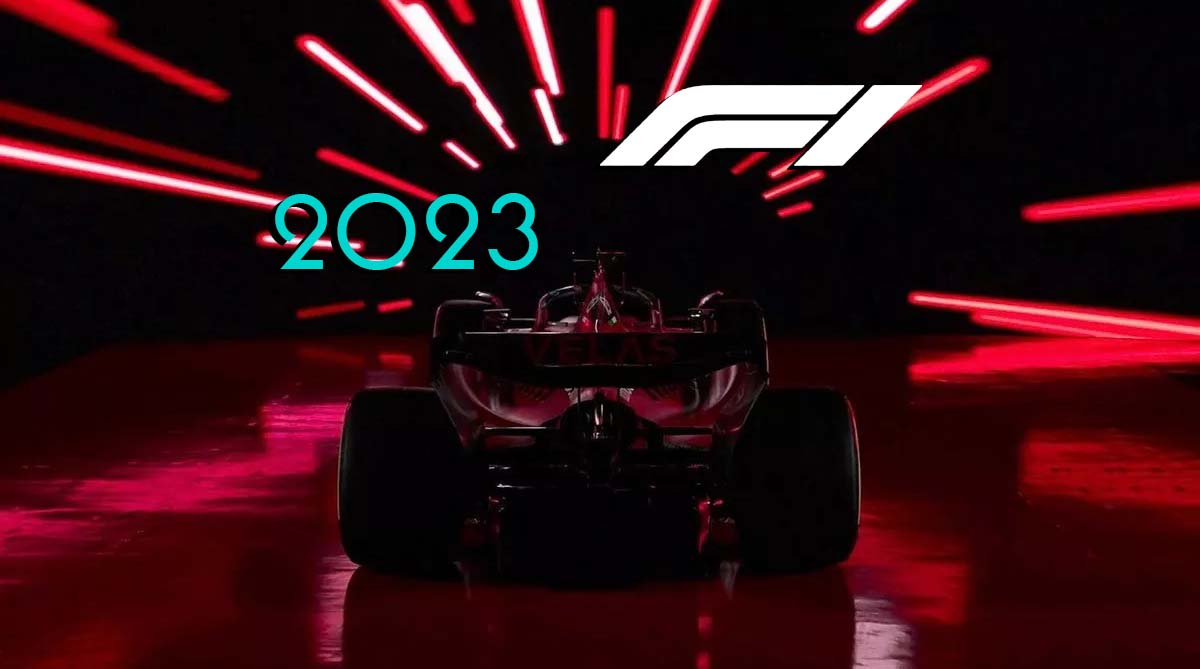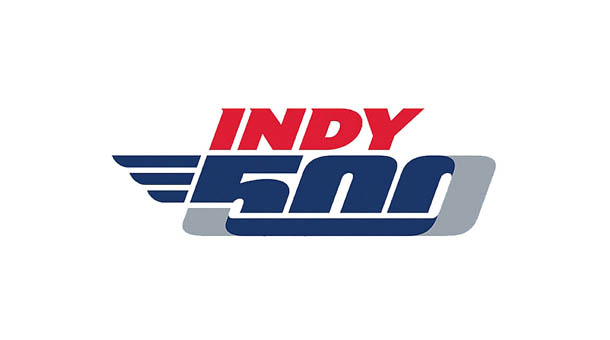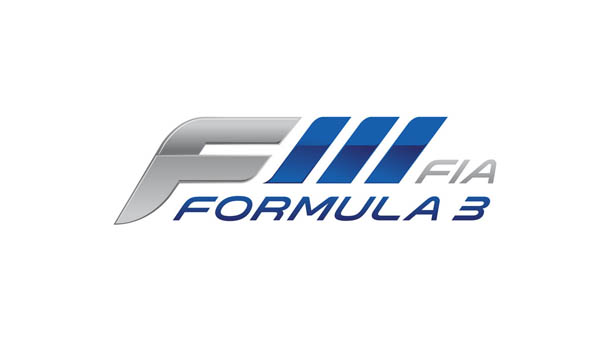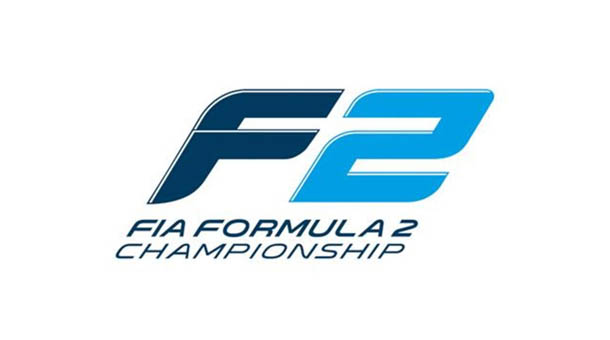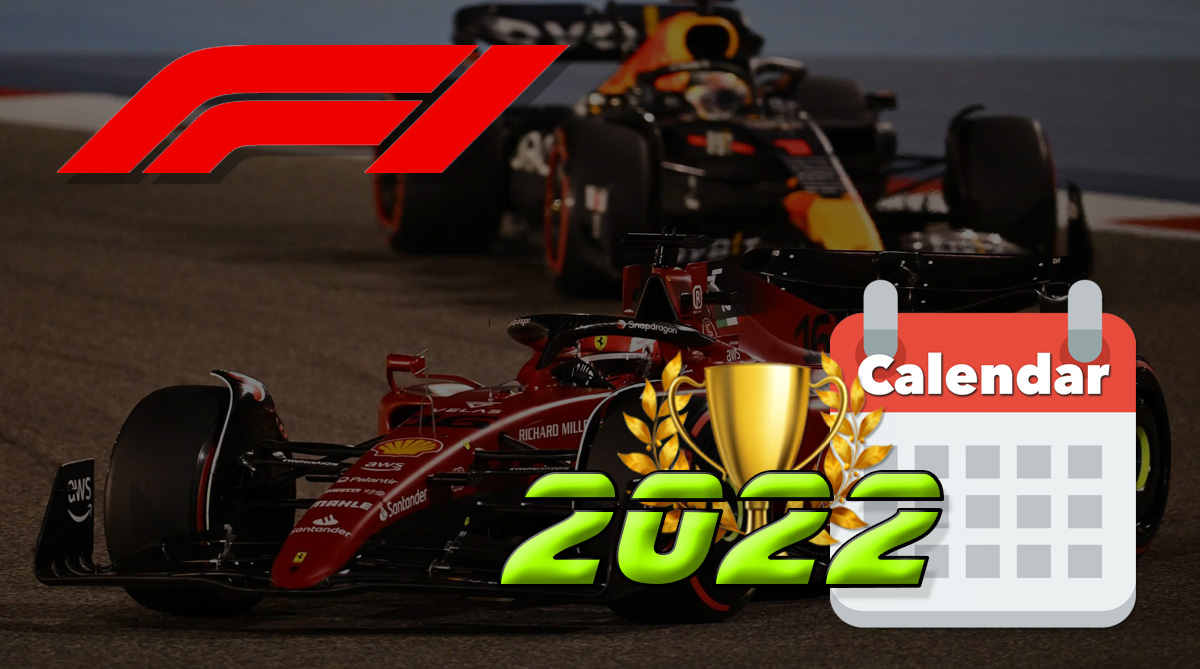Formula 1 2022 - the 73rd World Championship for open-wheel racing cars is regulated by the FIA - the International Automobile Federation. Throughout the new season, which will take place in various countries around the world, racing teams and drivers will compete for the constructors' championship and individual standings.
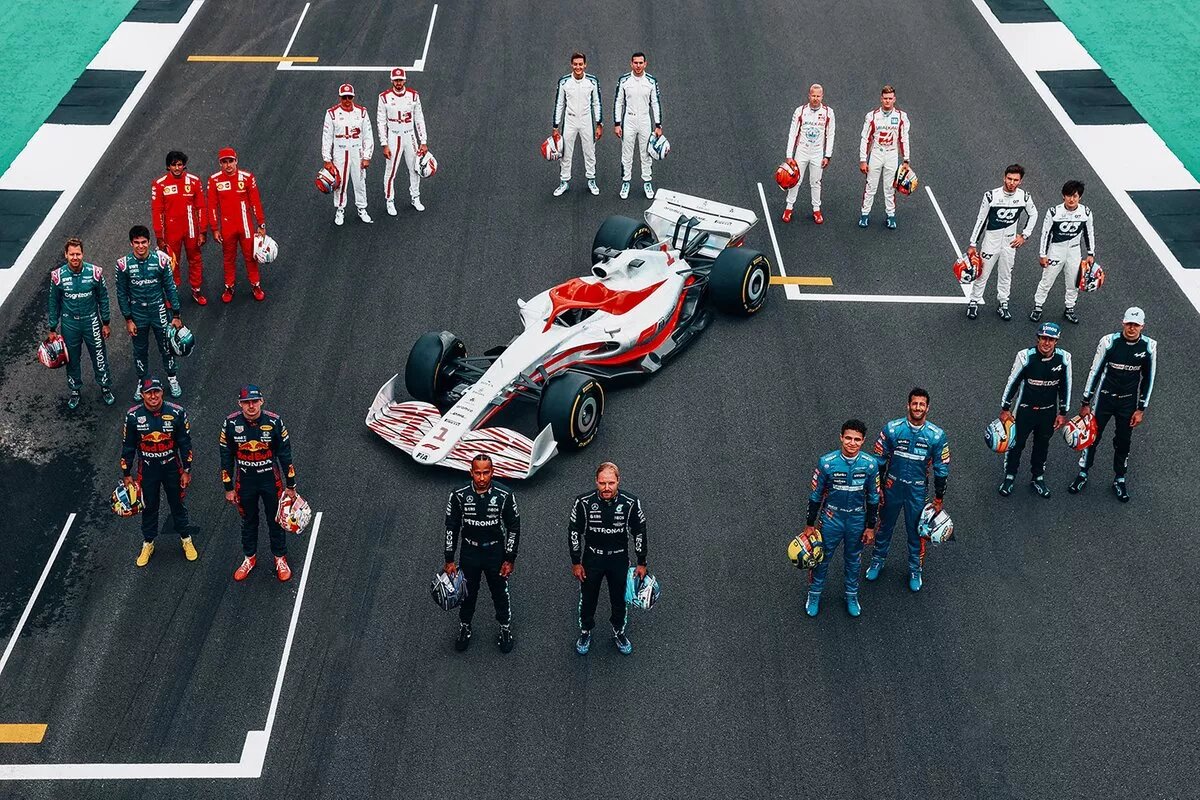
Liberty Media Corporation, the current owner of the championship, approved a provision stating that Formula 1 would transition to a fundamentally new set of technical regulations in 2022. The technical regulations for Formula 1 in 2022 will undergo significant changes, the most extensive in decades, primarily affecting the racing cars.
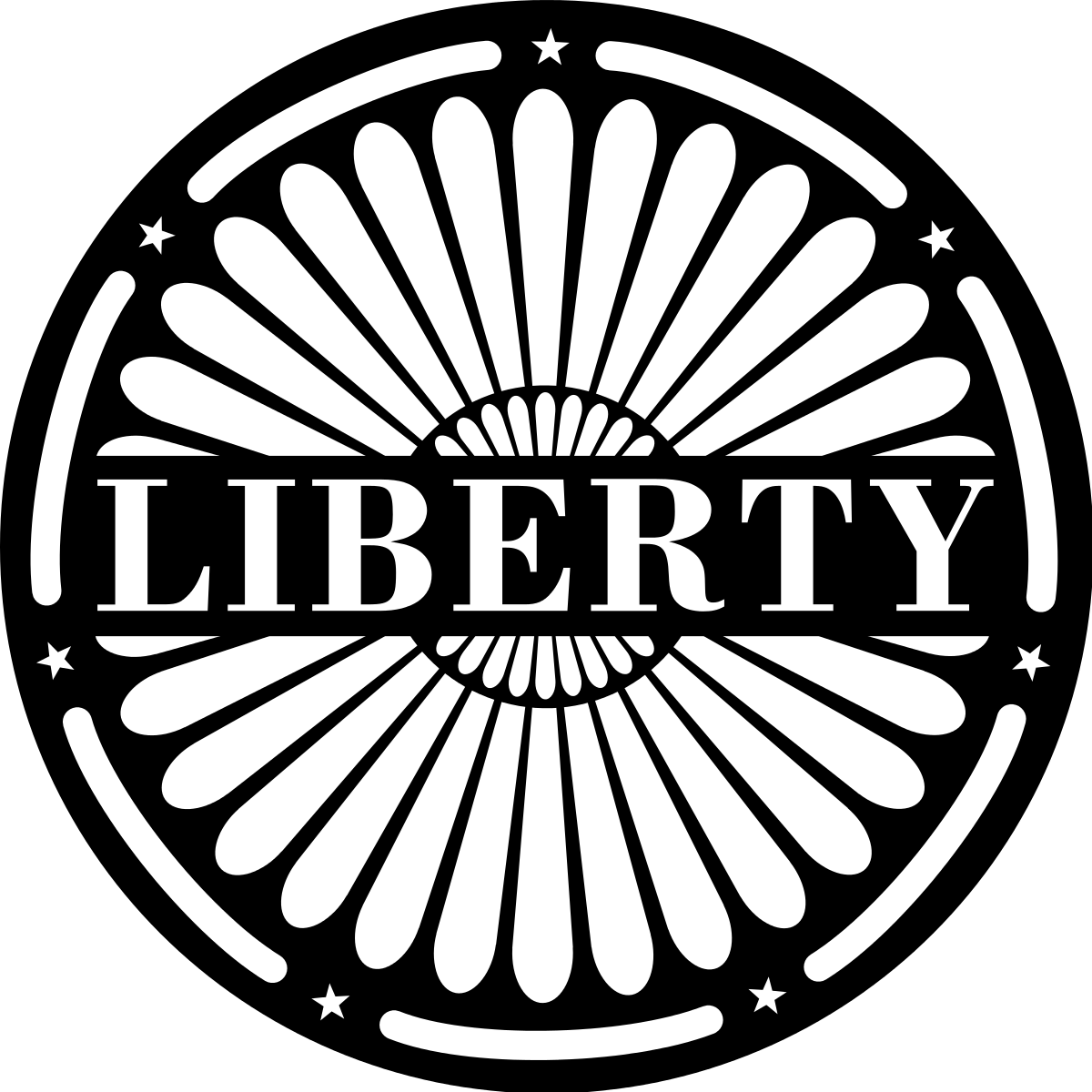
NEW TECHNICAL REGULATIONS
According to the initial plan, teams were supposed to start building cars under the new technical regulations beginning in 2020 and compete with these new cars in the 2021 season. However, the spread of the coronavirus pandemic led to adjustments in the organizers' plans.
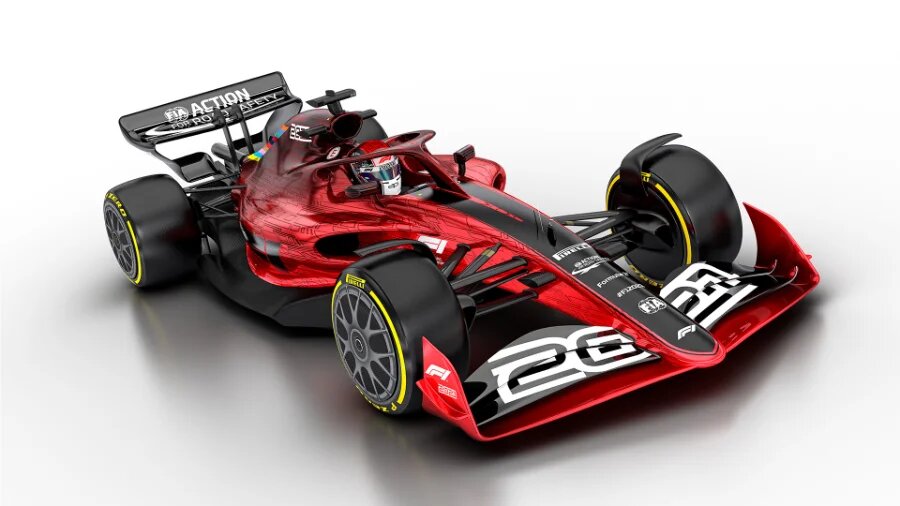
Any innovations related to the car must take effect one year before the start of the world championships; otherwise, there wouldn't be enough time for developers to build new cars during the off-season. Consequently, the implementation of the technical regulations was postponed to 2022, and all development work was frozen.
CONSTRUCTORS AND CONTRACTED DRIVERS
The following drivers and racing car developers are currently preparing to participate in the 2022 World Championship. All teams will begin competing with new tires supplied by Pirelli.
Changes in Teams
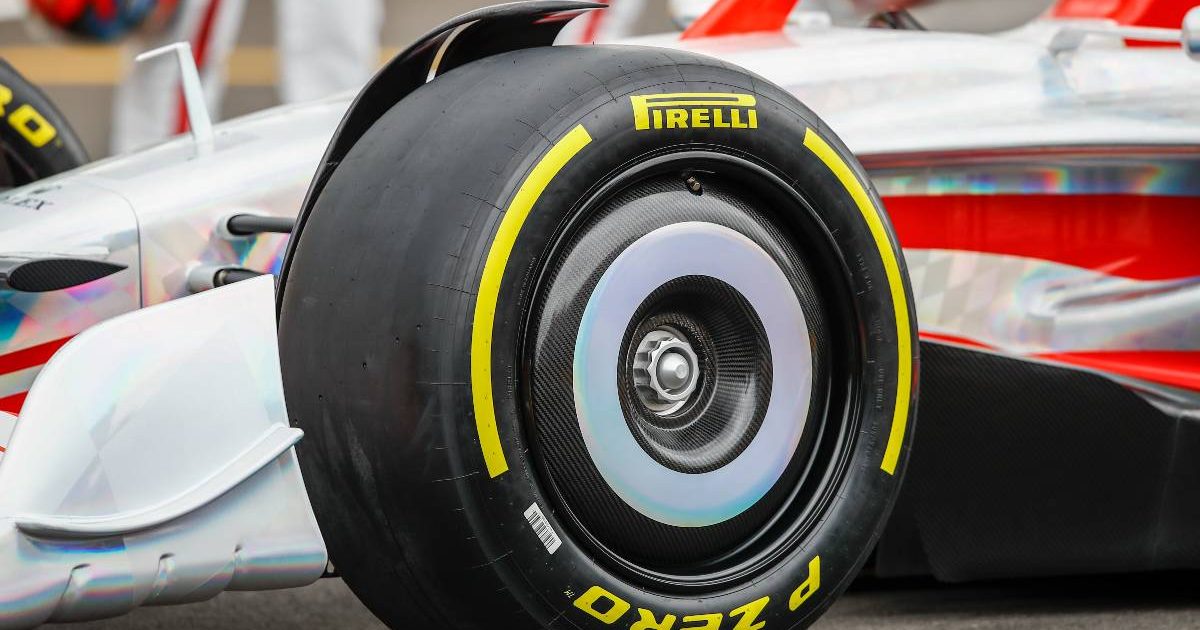
The engine supplier, Honda, which provided engines to the teams AlphaTauri, Scuderia Toro Rosso, and Red Bull Racing, announced that it would no longer be involved in supplying power units.
Starting in 2022, Red Bull Racing will take responsibility for working with Honda engines. The team will control the development and tuning processes independently. For this purpose, a special department called Red Bull Powertrains Limited was created.
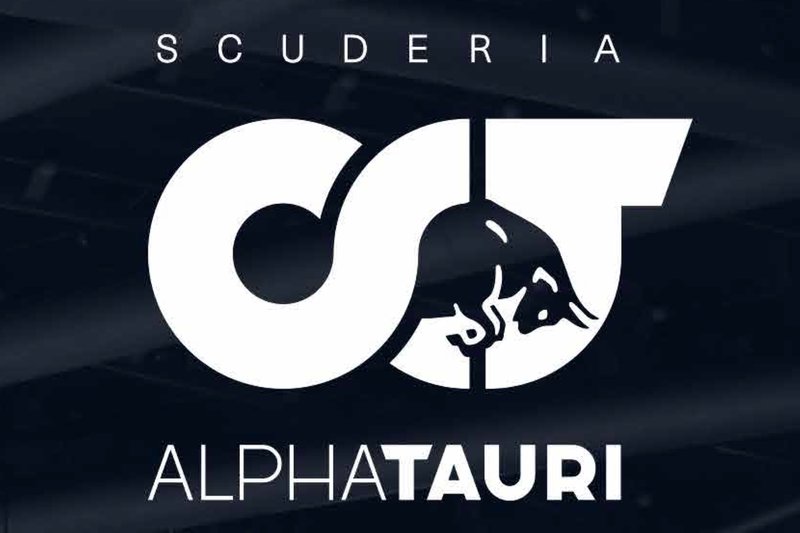 |
 |
Red Bull Racing made this decision after the other 9 participating teams pushed for a decision to halt the development of new engines for a full 5 years. The Red Bull team admitted that, if negotiations had ended differently, they would have withdrawn from the championship entirely after the departure of the Honda engine supplier.

They explained their decision by stating that the team's constructors simply wouldn't have enough time to create an entirely new engine, and they had no desire to return to Renault as engine suppliers.
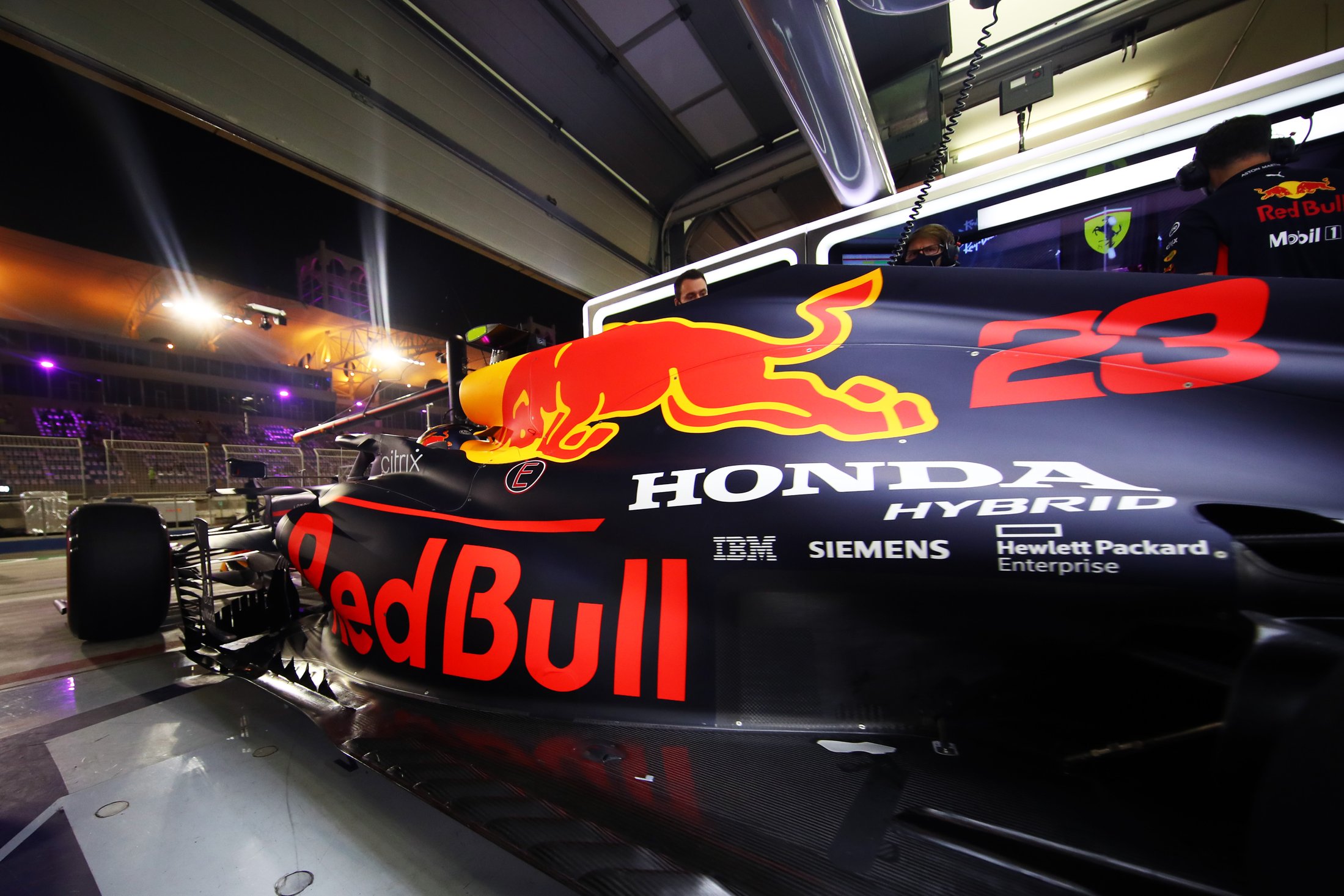
The Panthera Team Asia F1, which announced its intention to join the Championship in 2022, will not participate. Due to the spread of the coronavirus, the team already changed its plans for participation in the 2021 competitions. There is no other information available about the team. This circumstance makes it impossible to consider them potential participants in the 2022 Formula 1 World Championship.
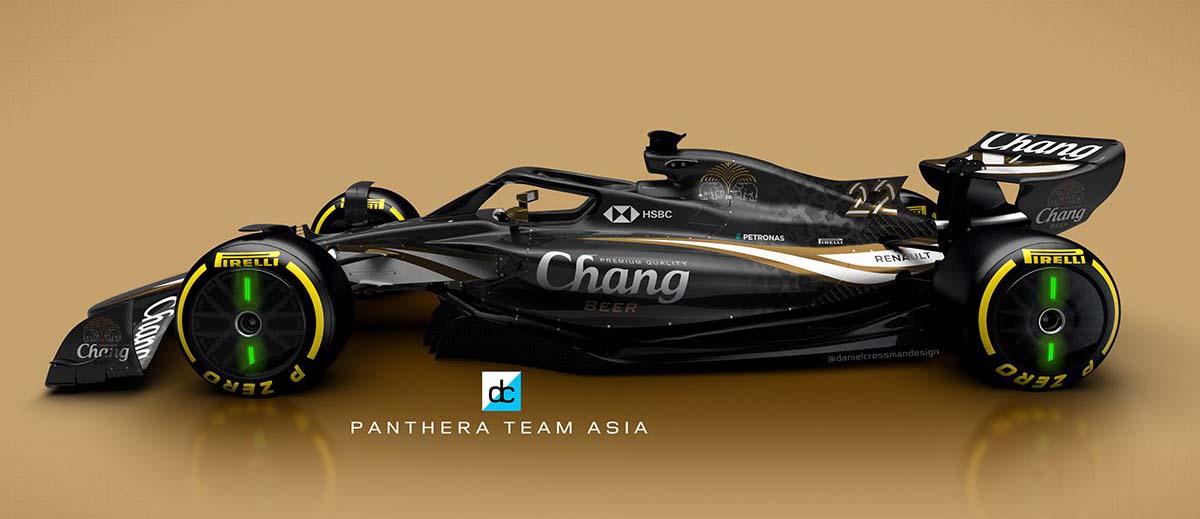
CHANGES AMONG DRIVERS
- Kimi Räikkönen is leaving the World Championship after the conclusion of the 2021 global tournament. His seat at Alfa Romeo Racing will be taken by Valtteri Bottas.
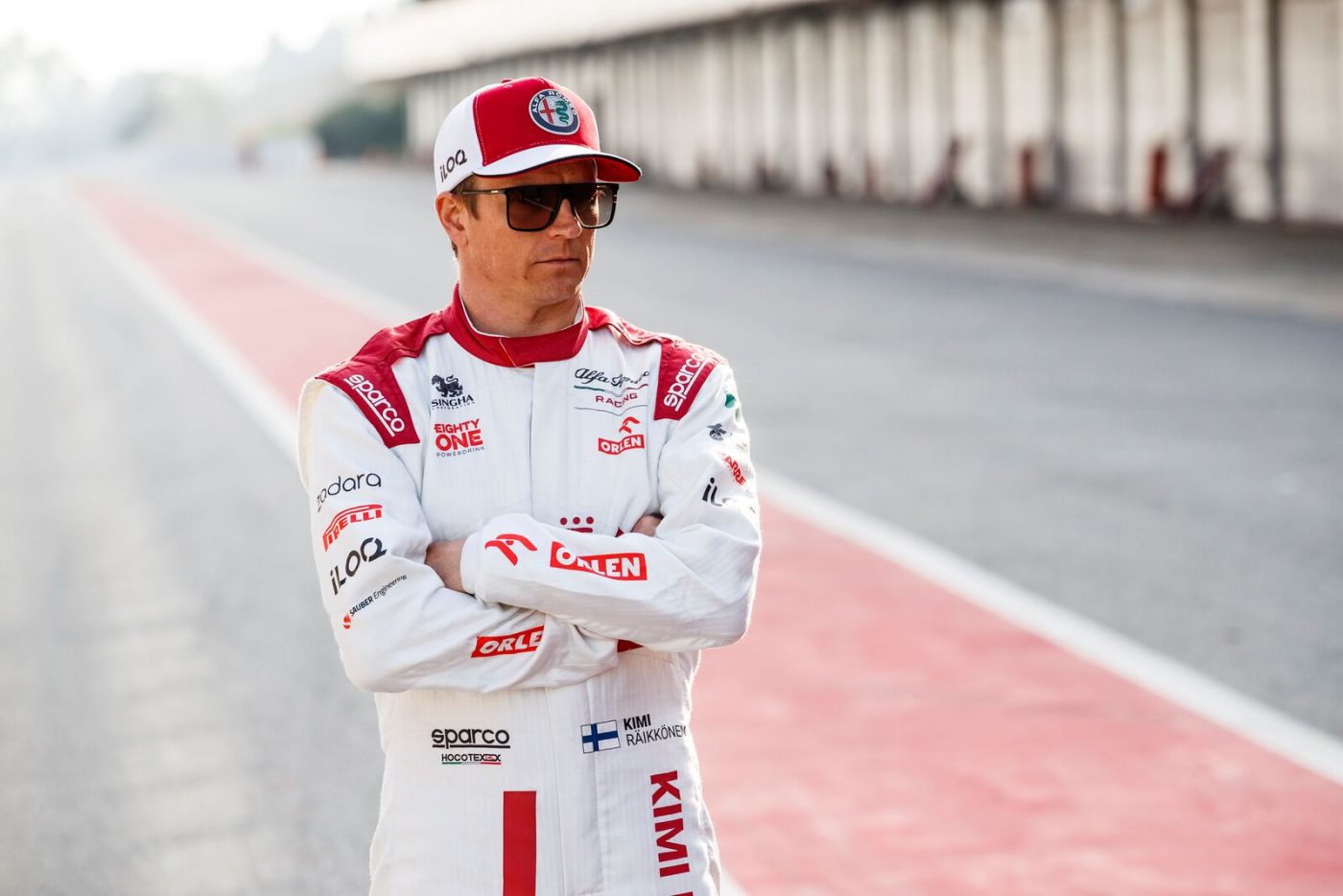
- George Russell will take Bottas' seat in the Mercedes AMG team. In Russell’s place, Alexander Albon will join the Renault Alpine team.
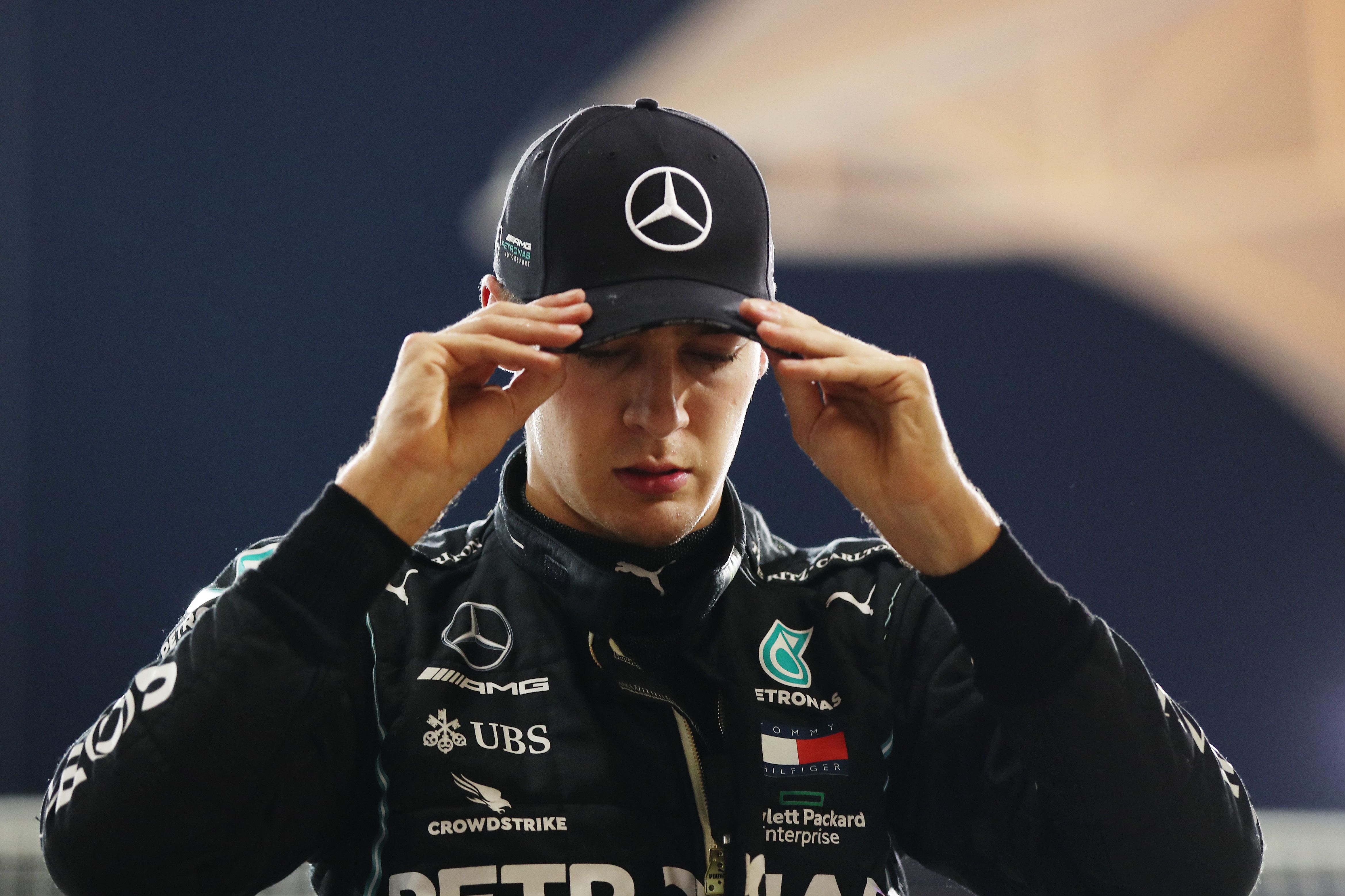
- Antonio Giovinazzi's place in Alfa Romeo Racing will be filled by Formula 2 podium finisher from China, Guanyu Zhou. Antonio was unable to extend his contract for the 73rd season.

CHANGES IN THE CALENDAR
- The Australian, Canadian, Japanese, and Singapore Grands Prix have returned to the calendar after a two-year absence due to the COVID-19 pandemic.
- The Miami Grand Prix is set to debut as planned at the Miami International Autodrome in Miami Gardens, Florida.
- The Portuguese, Styrian, and Turkish Grands Prix are not part of the 2022 race list. These events were added to the 2021 calendar specifically due to the COVID-19 pandemic to ensure a greater number of races could take place.
- The Qatar Grand Prix, which made its debut in the 2021 championship on the Losail International Circuit, is not on the 2022 calendar. It is planned to return in 2023 after a year-long hiatus, during which the country will focus on hosting the FIFA World Cup.
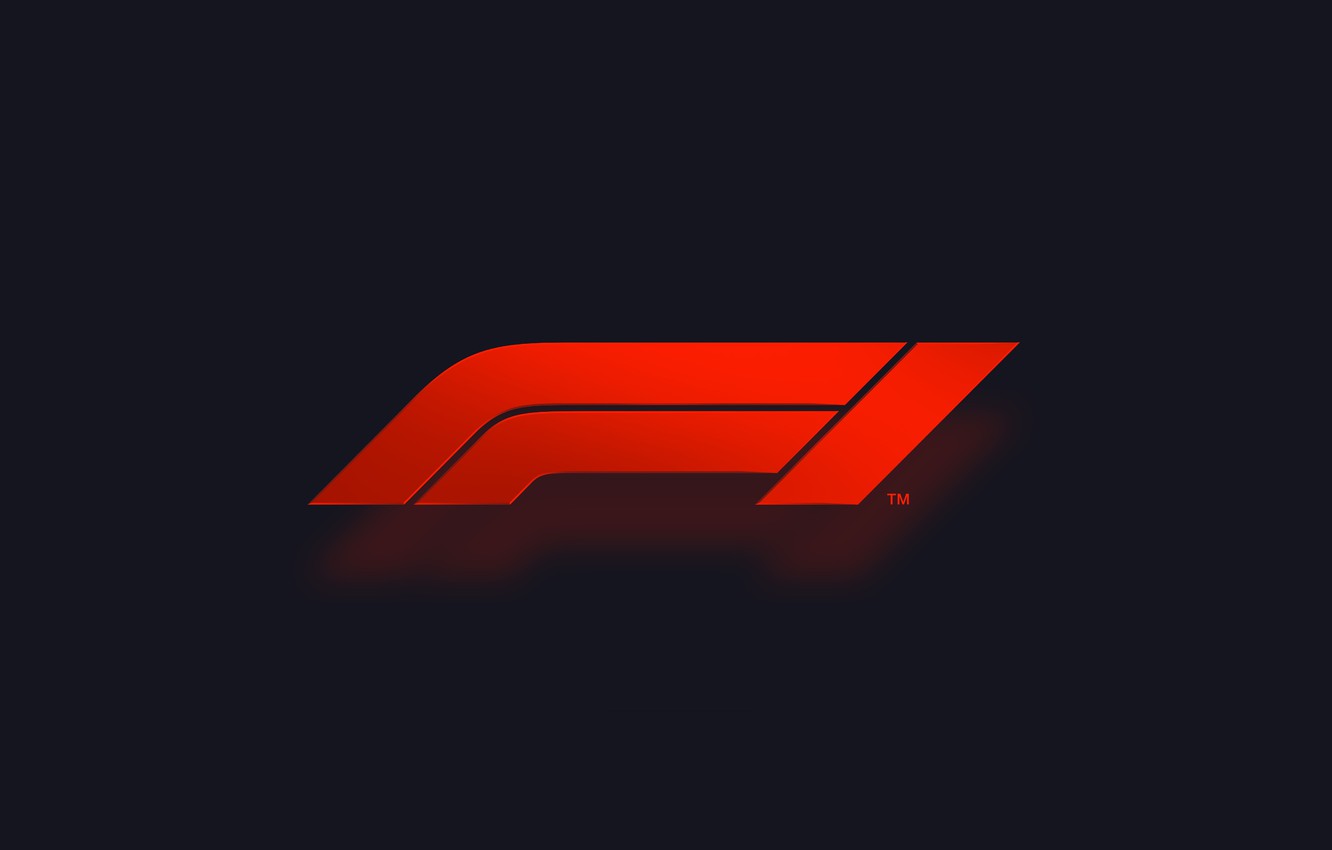
TECHNICAL REGULATIONS: ADJUSTMENTS AND FEATURES
Amendments to the technical regulations were made before the start of the 2022 World Championship, originally intended to take effect in 2021. However, due to the coronavirus pandemic, the implementation of the new technical regulations was postponed to 2022.
Immediately after the announcement of the regulation delay, teams were prohibited from making any further developments to their racing cars throughout the remainder of 2020.
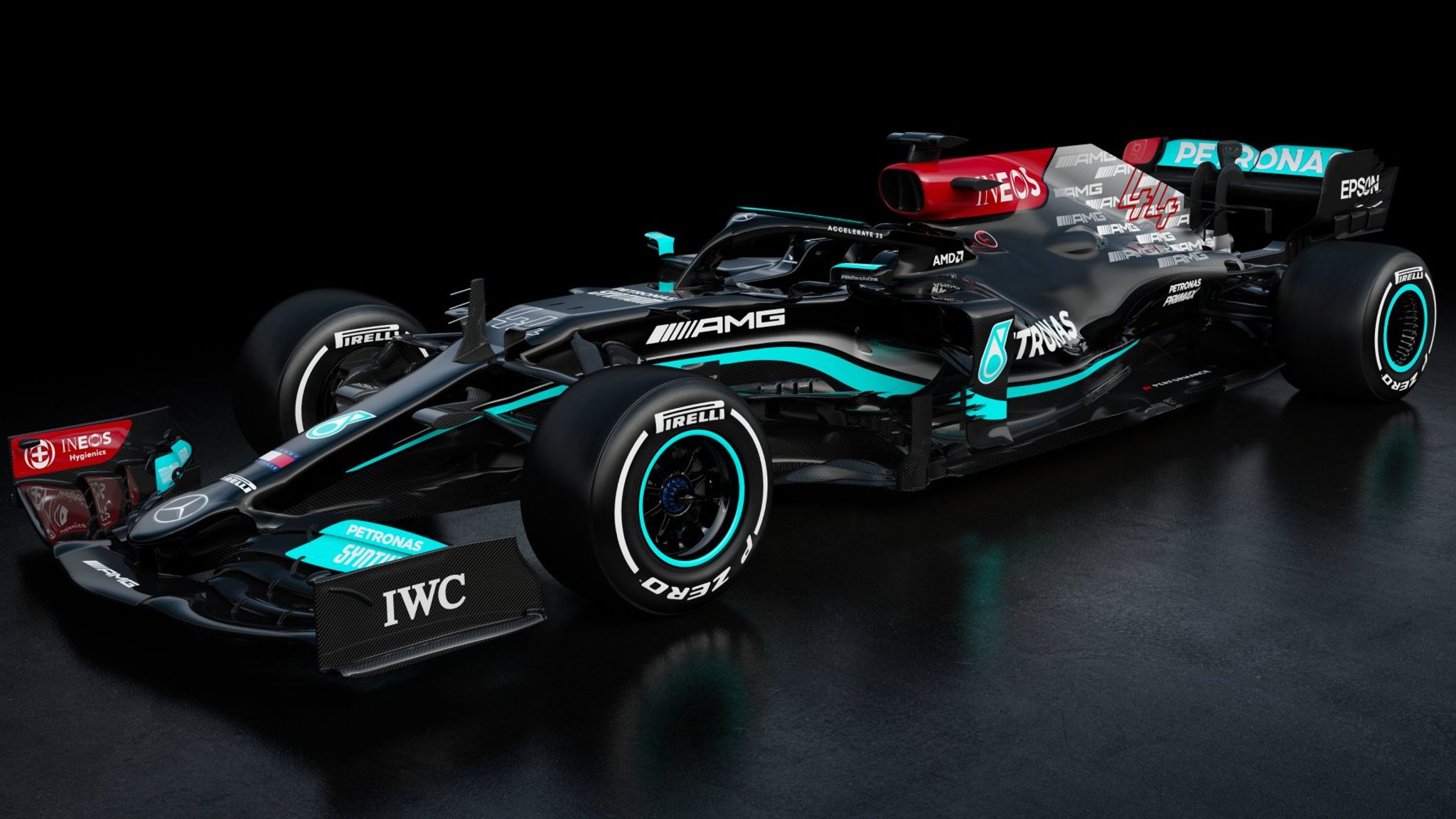
When developing the new technical regulations, organizers actively consulted with the drivers to identify weaknesses in the rules that could provide teams with an advantage. The FIA organized a special working group consisting of experienced engineers.
- This committee was tasked with identifying and closing loopholes in the regulations before their official publication. In theory, eliminating weaknesses in the rules could prevent any team from obtaining a dominant car.
- This approach simultaneously aims to create stronger competition throughout the season while improving the visual aesthetics of the racing cars. This philosophy became a key concept in the new rules, with the primary goal of providing equal conditions for all drivers.
Legendary race car designer Adrian Newey noted that these changes in the regulations would be the most significant in Formula 1 since the 1983 season.
AERODYNAMICS AND BODY
The new rules involve active use of ground effect, a concept that was minimized about 40 years ago. On the other hand, elements of the car body and chassis have been simplified. After the adjustments, the wheels of the racing cars will be a key factor. The lower part of the car will become the main source of aerodynamic grip.
Through these innovations, the goal is to reduce the turbulent airflow behind a leading car while maintaining the overall level of downforce.
- Complex, expensive aerodynamic elements have been prohibited.
- The front wing and endplates that control airflow around the car have been significantly simplified.
- The overall number of external aerodynamic elements has been reduced.
The front wing will now connect directly to the front part of the body. Previously, it was attached through special supports.
- These measures, by increasing the wing's surface area, generated more downforce at the front of the car. The rear wing will be wider compared to previous-generation cars.
- Additionally, steps have been taken to reduce the impact of exhaust gases on the car's aerodynamics.
- The body will be covered with special rubber to reduce the risk of debris or flying pieces during a race or accident. This innovation aims to reduce the occurrence of yellow flags, safety cars, and race stoppages.
- The number of allowable aerodynamic improvements, both during a race weekend and throughout the championship, has been reduced. This rule is designed to significantly reduce team expenditure.
- Testing time in the wind tunnel for more successful teams will be shortened.
- Conversely, teams falling behind will have more testing time. A similar mechanism was already tested in 2021, demonstrating its effectiveness.
POWER UNIT ELEMENTS
Regulations concerning power units in 2022 were discussed as early as 2017 and continued until the end of April 2018. The proposed amendments to existing rules included the mandatory removal of the MGU-H engine component. Such measures simplify the engine's design for a momentary increase in power. The maximum RPM has reached 3,000. A new provision called plug-and-play was introduced, imposing specific obligations on power unit suppliers. Now, all engine ancillaries must become universal.
- The new rules will allow for the removal of all restrictions on choosing suppliers for teams, providing components for the engines. Teams can now receive parts from multiple companies producing compatible components. However, because no team plans to use new power units in the 2022 championship, existing engine suppliers will maintain their current engine formula. This will support cost reduction efforts associated with new developments. In one way or another, after the implementation of these rules, Formula 1 engines in 2022 will become more versatile in future seasons.
- The mechanism for limiting quotas on power unit components will remain the same in 2022. However, there will be restrictions on the number of replacements for individual elements before penalties are imposed.
- The exhaust system will also be subject to limitations. Teams can change no more than six during the course of the competition.v
TIRES
The championship is transitioning from 13-inch wheels (33 cm) to 18-inch wheels (46 cm) with low-profile tires. 18-inch wheels were introduced in the Formula 2 championship in 2020 to assess changes in tire behavior. Initially, it was planned to prohibit the use of electric tire warmers that maintain the tire's working temperature.
- However, after objections from tire supplier Pirelli, this decision was reversed. Instead, tire warmers will now be included in the list of standardized equipment. Therefore, all teams will have to use the same product, eventually phasing them out entirely by 2024.
STANDARDIZED COMPONENTS
The International Automobile Federation, which governs the World Championship, has developed standards for components of the cars starting in 2022. The rules require that standard components remain unchanged until at least 2024. These standardized components include:
- Gearbox
- Fuel system
- Front part of the car's underfloor
This is aimed at limiting teams' ability to upgrade and improve aerodynamic elements that provide an advantage over competitors. Individual parts and assemblies of the cars will be classified as Listed, Standard, Transferable, Prescribed, and Open-source components.
- Listed parts refer to elements of the cars that teams develop themselves.
- Standard parts are generic components used by all teams. Examples include wheel rims and equipment used in the pit lane.
- Transferable parts are components that one team is allowed to sell to another after development. For example, a gearbox or clutch.
- Prescribed parts are elements that teams must develop according to a prescribed set of rules. These include wheel arches and aerodynamic elements in the wheel area.
- Open-source parts are developed collectively by teams and can be sold to customers. Steering wheels and the DRS mechanism are classified as open-source components. This categorization system is introduced to provide design freedom, as the revision of aerodynamic rules is strictly prescribed. It is done to find a way around the prohibitions described above.
When everything is restricted, there is nothing left to change.



